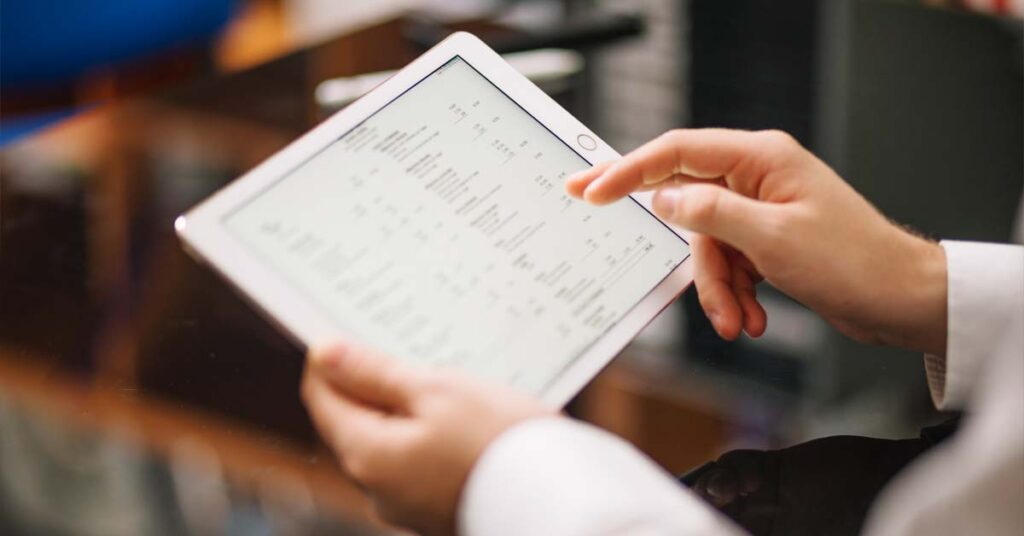Creating and sending invoices is critical but often tedious in the bustling business world. Efficient invoicing not only secures the lifeblood of a company – its cash flow – but also reflects its professionalism and attention to detail. In today’s digital era, several strategies and tools are designed to streamline the invoicing process, making it faster, easier, and more accurate. To help your business stay ahead, we’ve compiled a list of best practices to enhance your invoicing methods. Keep reading to discover how you can optimize your billing operations for better efficiency and stronger client relations.
Integrating Automated Invoice Tracking Systems
Automation has revolutionized many business functions, and invoice tracking is no exception. By integrating automated tracking systems, companies can monitor the status of each invoice. This ensures that every invoice is acknowledged and acted upon, reducing the payment wait time.
Automated tracking systems notify the business when the invoice is opened, viewed, or paid. This transparency eliminates the guesswork and follow-up calls concerning invoice receipt. It expedites the next steps, such as providing services, dispatching goods, or enacting necessary payment follow-ups.
Tracking invoices in real-time provides valuable insights into payment patterns and client behaviors. This data can inform business strategies, financial forecasting, and client communication initiatives, enabling a proactive rather than a reactive stance on cash flow management.
Besides tracking, these systems frequently encompass functionalities that facilitate project invoicing, recurring billing, and past-due notifications. Advanced systems might even use artificial intelligence to predict which invoices will likely be paid on time and which could encounter delays, further refining financial planning.
Streamlining the Invoice Creation Process

Efficiency in the invoice creation process begins with a standardized procedure. Businesses can reduce the time spent on each by establishing a clear protocol for generating invoices. This includes defining a consistent layout, payment terms, and description formats for easy comprehension and uniformity.
Using software that stores client information, service or product details, and pricing can expedite the process even further. This eliminates repetitive data entry, reducing the chances of human error. Some systems also allow the direct import of hours worked or products sold from other business management tools, seamlessly bridging various business operations.
Another vital step in streamlining is to enact quality control measures. Implementing a review process to catch errors before sending out invoices ensures that all charges are accurate and justified. This maintains client trust and avoids the hassle of issuing corrected invoices or dealing with payment disputes later.
Furthermore, by setting up reminders for regular billing cycles, companies can avoid missed or late invoices. Automating these reminders can ensure consistency in billing, reinforcing the punctuality and reliability of the business in the eyes of its customers.
Ensuring Accuracy and Clarity in Invoice Details
The cornerstone of a robust invoicing process is the accuracy and clarity of the details within each invoice. Misinformation or ambiguity can lead to delays, disputes, and damage to client relationships. Each invoice must itemize services or products with clear descriptions, prices, and quantities to ensure customers understand their charges.
Payment terms must be explicitly stated to prevent confusion, including due dates, accepted payment methods, and any late fees or interest for overdue payments. Clarity in these areas facilitates prompt payments and minimizes the need for follow-up correspondence related to payment terms.
Issuing invoices that consistently align with the company’s brand establishes professionalism and enhances recognizability and trust among clients. Including a company logo, contact information, and a personalized thank-you note can go a long way in reinforcing the business’s reputation and encouraging future interactions.
Additionally, it’s essential to maintain a digital paper trail for all transactions. Keeping records of invoices, receipts, and related communications is crucial for financial auditing, resolving disputes, and ensuring tax compliance. Thorough record-keeping is not just a matter of organization; it’s a legal necessity and a hallmark of responsible business operations.
Overall, efficient invoicing is essential for maintaining smooth business operations, improving cash flow, and strengthening client relationships. Companies can enhance their invoicing practices and boost overall productivity by implementing automation, streamlining processes, and ensuring accuracy.
ⓘ As part of our ongoing support for startups and SMEs, LAFFAZ Media publishes feature and resource articles that may include references and links to external websites. These inclusions are selected at our editorial discretion to provide valuable information to our readers. LAFFAZ Media does not control, endorse, or assume responsibility for the content or practices of external websites. For more details, please refer to our Terms and Conditions.






